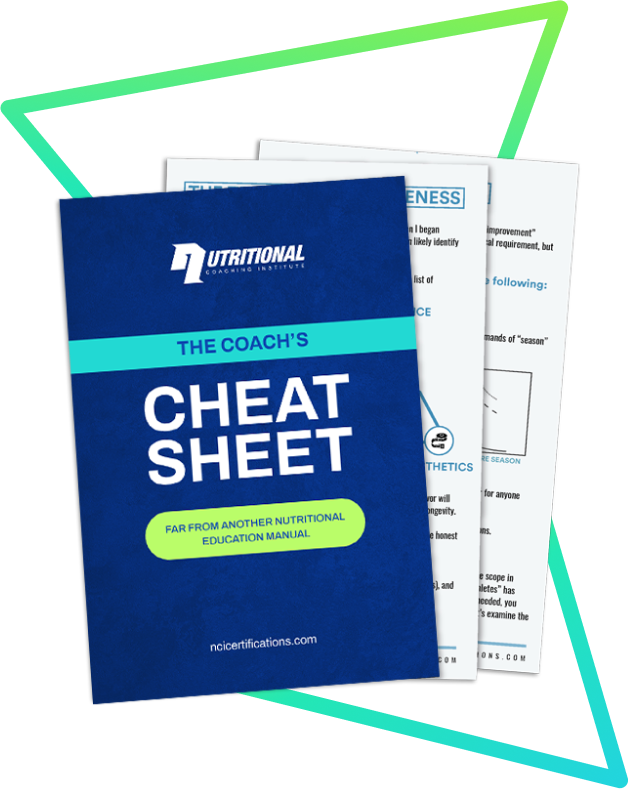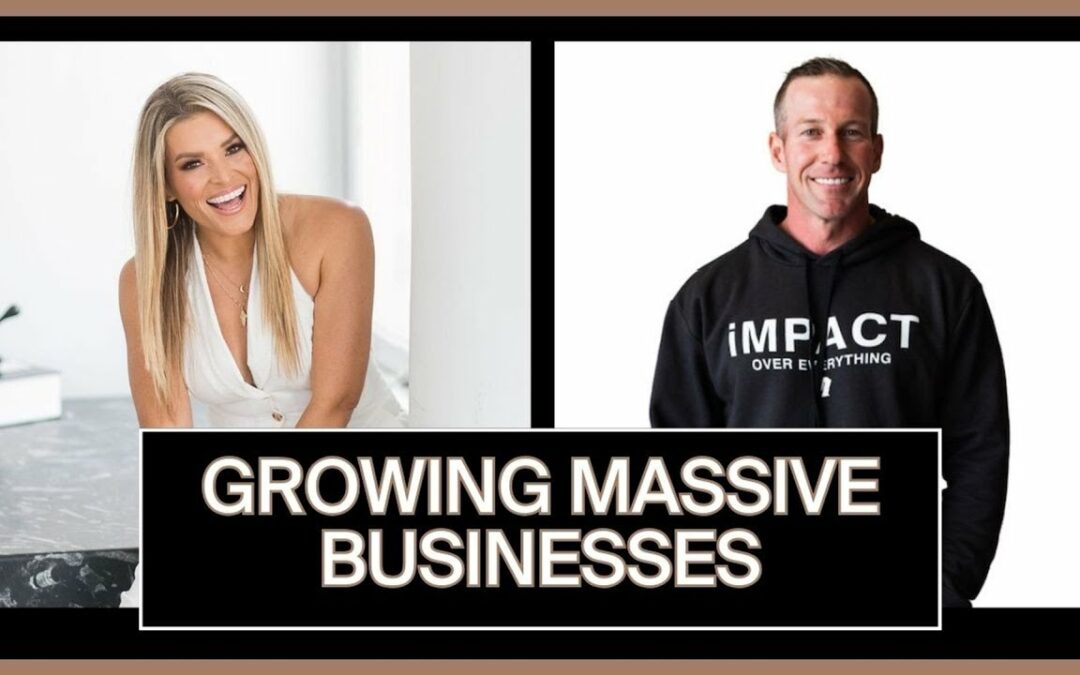Marketing is a critical aspect of growing your business. But if you don’t do it the right way or have proper mentorship, you won’t get any results from it.
The term RMS comes from Dan Henry, one of the top online marketers and business coaches. It boils down to zeroing in on your target audience and understanding what results you need to deliver for them.
But before we get to the three components, I’d like to share a story about my client, Christy.
You see, she didn’t even have a business before she came to me. Now, only two years later, she has a place where she can pursue her passion.
Christy learned a lot about entrepreneurship and marketing. But it was in a way that she never felt like she was on her own.
More importantly, we gave her a real push to overcome her limiting beliefs and point her in the right direction. All of that led to Christy’s RMS, which is perfectly aligned with her target audience.
Knowing her RMS and direction, she was able to flourish and evolve professionally and personally.
There’s no reason you can’t do the same.
The Three Components of Your RMS
Component #1 – Appropriate Target Audience
When developing your RMS, the first questions to ask are:
- Who am I speaking to?
- Who is this client?
Moreover, you want to create an entire narrative around your target audience. In fact, it’s perfectly fine to create an imaginary character that describes your ideal client avatar.
For example, your client avatar could be a fisherman from Alaska called Dan. He lives a terribly unhealthy lifestyle and he’s married with kids. But the kids call him fat and Dan’s petrified because of that.
To break it down further, you should also be asking the following questions to understand the audience’s demographics.
- Who do I help?
- What is their gender?
- What is their age?
- What are their qualifying characteristics?
The point is that you should genuinely understand your target avatar at the highest level.
You want to know intimately who that person is and what their core desires are. Also, you should understand the personal dialogue that your target audience has with themselves when they wake up.
And when we’re talking about their core desires and intimate dialogue, the key is to understand their language. That helps you create marketing messaging that resonates with the audience’s feelings.
The next thing is figuring out the audience’s biggest roadblock. It’s what they don’t need but think they need. And that leads us to the next component.
Component #2 – Understanding What the Audience Needs
As mentioned above, understanding the audience’s roadblocks is about identifying what they think they need but not really. That helps you identify their real needs.
For instance, if the audience wants to lose fat, they probably think they need a diet. Or, if they wish to get jacked up, maybe they believe that they need to max out their bench presses.
But the reality is that they probably don’t need a diet or to max out any workouts.
The point is that you need to know the old methods that your audience has been trying so you can knock those methods down.
Even though it may sound contradictory, you don’t want to immediately associate yourself with what the audience is expecting or has previously tried and failed.
You don’t want to become a part of the failures they’ve experienced or you won’t be able to truly help them. After all, you already know that the methods they’re thinking of won’t work.
But, of course, you want them to be able to identify with your new methodology.
Component #3 – Clearly State the Results You Can Get Them
What is it that you’ll have people do?
People have to know exactly what your coaching is about before they’ll pay you. I mean, they are not going to go:
“Oh, well, here’s my $5,000! And, okay… What do you have for me?”
Let me use an analogy to bring this even closer to you.
Your business isn’t like an amusement park where you pay $100 to get in without knowing the attractions. When people get in, it could turn out to be a pile of rubbish – and they find it out too late.
Instead, you’re going to tell people exactly what’s inside your amusement park. You’re going to tell them about the fantastic stuff not seen in any other park.
Of course, this analogy is an example of a physical location. But you also have to create a new methodology.
Why?
Because you have to state your RMS confidently and without any hesitation. If there’s any hesitation, you’ll go back to the RMS and review it until you’re confident enough.
Also, you have to be very specific about what you’re going to help them achieve. Consider adding a timeline, something along the lines of:
“We give you these results in … (30, 60, 90 days, or six months).”
By doing that, you’re using the human psychology of wanting to satisfy three particular things before making a purchase.
- The start date
- The end date
- The total amount of money invested
So, when you add a date to your methodology, you’re knocking down psychological barriers even before you pitch to clients.
Creating Amazing Marketing Outcomes
What is your RMS?
It’s the unique methodology and approach that makes you stand out in the eyes of your target audience.
But before you can design that methodology, you need to know who you’re talking to. So, it’s vital to double down on your efforts to understand every aspect of your audience.
Don’t hesitate to create an ideal profile that describes that audience. It will help you zero in on their pain points and all the things that won’t work for them.
With that, it’s much easier to create a coaching program that will attract a huge chunk of that audience. Not only that, you’ll be able to promise results without any hesitation.





